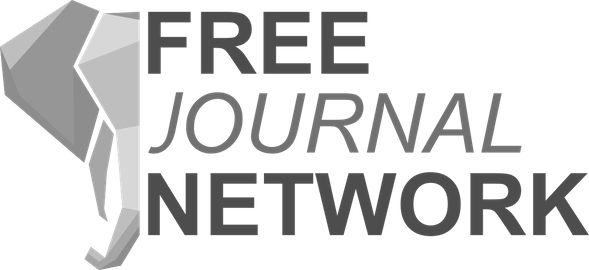Maximal origami flip graphs of flat-foldable vertices: properties and algorithms
DOI:
https://doi.org/10.7155/jgaa.00605Abstract
Flat origami studies straight line, planar graphs $C=(V,E)$ drawn on a region $R\subset\mathbb{R}^2$ that can act as crease patterns to map, or fold, $R$ into $\mathbb{R}^2$ in a way that is continuous and a piecewise isometry exactly on the faces of $C$. Associated with such crease pattern graphs are valid mountain-valley (MV) assignments $\mu:E\to\{-1,1\}$, indicating which creases can be mountains (convex) or valleys (concave) to allow $R$ to physically fold flat without self-intersecting. In this paper, we initiate the first study of how valid MV assignments of single-vertex crease patterns are related to one another via face-flips, a concept that emerged from applications of origami in engineering and physics, where flipping a face $F$ means switching the MV parity of all creases of $C$ that border $F$. Specifically, we study the origami flip graph $\rm{OFG}(C)$, whose vertices are all valid MV assignments of $C$ and edges connect assignments that differ by only one face flip. We prove that, for the single-vertex crease pattern $A_{2n}$ whose $2n$ sector angles around the vertex are all equal, $\rm{OFG}(A_{2n})$ contains as subgraphs all other origami flip graphs of degree-$2n$ flat origami vertex crease patterns. We also prove that $\rm{OFG}(A_{2n})$ is connected and has diameter $n$ by providing two $O(n^2)$ algorithms to traverse between vertices in the graph, and we enumerate the vertices, edges, and degree sequence of $\rm{OFG}(A_{2n})$. We conclude with open questions on the surprising complexity found in origami flip graphs of this type.Downloads
Download data is not yet available.
Downloads
Published
2022-07-01
How to Cite
Hull, T., Morales, M., Nash, S., & Ter-Saakov, N. (2022). Maximal origami flip graphs of flat-foldable vertices: properties and algorithms. Journal of Graph Algorithms and Applications, 26(4), 503–517. https://doi.org/10.7155/jgaa.00605
License
Copyright (c) 2022 Thomas Hull, Manuel Morales, Sarah Nash, Natalya Ter-Saakov

This work is licensed under a Creative Commons Attribution 4.0 International License.







